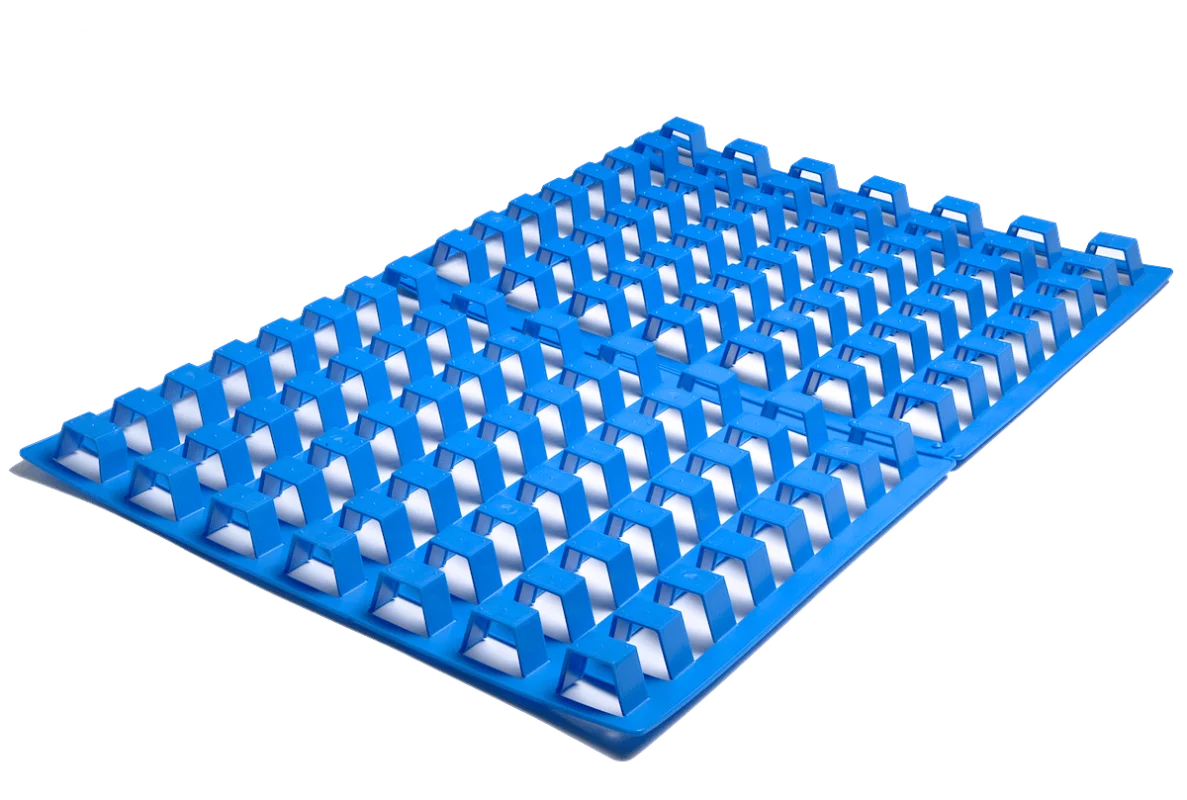Why Are Thailand's Manufacturers Replacing Manual Handling with Pallet Inverters?
Are you watching your team manually transfer heavy loads from one pallet to another? You probably see the physical strain, the slow pace, and the occasional damaged box. This manual process is a hidden drain on your resources, creating bottlenecks that slow down your entire operation and leading to unnecessary costs from injuries and product loss. What if you could eliminate this entire problem, making your workflow faster, safer, and much more efficient?
Thai manufacturers are increasingly replacing manual handling with pallet inverters because these machines offer a powerful solution to core operational challenges. They drastically increase the speed of transferring goods, significantly improve worker safety by eliminating heavy lifting, reduce costly product damage, and allow for better management of pallet inventories. This strategic shift is not just about new equipment; it's about building a more resilient, efficient, and profitable manufacturing process in a competitive market.
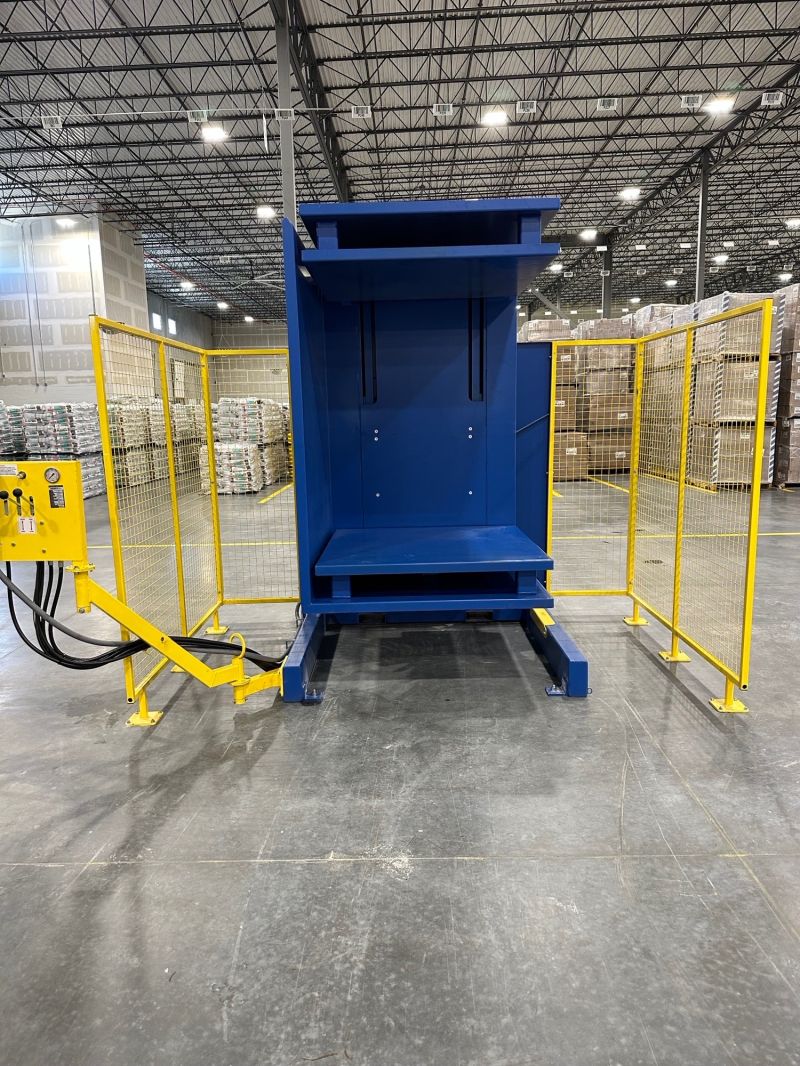
This move toward automation is a critical step forward, and I've seen firsthand how it transforms a factory floor. As an engineer who has built a career around packaging and handling solutions, I want to share my insights with you. We will look at exactly how these machines boost efficiency, improve safety, and address labor issues. Let's break down the real-world reasons why your counterparts in Thailand are making this investment and how it could apply to your own business.
How Do Pallet Inverters Directly Boost Operational Efficiency?
Does your production line ever grind to a halt because of a slowdown in the logistics area? A team of workers manually unstacking and restacking a full pallet can take a long time, creating a serious bottleneck that ripples through your entire workflow. You face delays, missed shipping deadlines, and frustrated managers trying to get things moving again. There is a much faster way to handle this common task.
Pallet inverters directly boost operational efficiency by automating the slow, labor-intensive task of transferring goods between pallets. A process that can take two workers 20-30 minutes to do by hand can be completed by one operator in under a minute with a pallet inverter. This massive time-saving eliminates bottlenecks and ensures a continuous, smooth flow of goods through your facility.
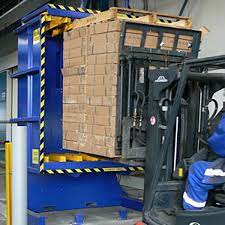
From Minutes to Seconds: The Time-Saving Impact
The most immediate benefit of a pallet inverter is speed. Let's be very direct about the numbers. Manual handling is not just slow; it's unpredictably slow. The speed depends on the workers' energy levels, the weight of the boxes, and the stability of the load. A machine operates with consistent, predictable speed every single time. It doesn't get tired or need a break.
I once worked with a food and beverage company in Thailand that needed to switch products from their internal wooden pallets to sanitized plastic pallets for cleanroom entry. Their manual process was a constant headache. It was a major source of delay. After we installed a pallet inverter, their transfer cycle time went from an average of 25 minutes down to just 55 seconds. This change alone allowed them to process 30 more pallets per shift. The impact on their throughput was immediate and significant.
Here’s a simple comparison:
| Metric | Manual Pallet Transfer | Pallet Inverter Transfer |
|---|---|---|
| Time per Pallet | 20-30 minutes | 1-2 minutes |
| Workers Required | 2-3 | 1 |
| Consistency | Low (depends on workers) | High (machine-controlled) |
| Risk of Product Damage | High | Very Low |
Eliminating Production Bottlenecks
A pallet inverter is more than just a time-saver; it's a bottleneck-buster. In many facilities, the need to change pallets creates a full stop in the production flow. Goods arrive at a staging area and just sit there, waiting for a team to become available to manually handle them. This is especially true when you need to switch to different types of pallets for specific reasons, like shipping, storage, or internal handling.
For example, many companies use high-quality, expensive pallets for their internal automated warehouse systems. They don't want these pallets to leave the facility. So, when an order is ready to ship, the goods must be transferred to a cheaper, one-way shipping pallet. A pallet inverter makes this transition seamless. The load comes off the production line, gets inverted onto a shipping pallet in a minute, and is immediately ready for the truck. There's no waiting, no backlog, no dead time. It transforms a logistical problem into a smooth, integrated step in your process. This continuous flow is essential for achieving the kind of high-efficiency operation that leaders like Javier Morales aim for.
What Are the Hidden Safety and Cost Benefits of Ditching Manual Pallet Handling?
Have you ever had to deal with the aftermath of a serious workplace injury? A valued employee is in pain, and your company is facing medical bills, insurance claims, and lost productivity. Manual handling of heavy pallet loads is one of the biggest causes of back injuries, sprains, and strains in any industrial setting. These incidents are not just unfortunate accidents; they are a predictable result of a flawed process, and their true cost goes far beyond the initial medical expenses.
Ditching manual handling for pallet inverters provides immediate safety benefits by removing the root cause of many ergonomic injuries. This directly translates into major cost savings. You will see a reduction in workers' compensation claims, your insurance premiums may decrease, and you will prevent the significant costs associated with product damage that often occurs during manual handling. It's a clear win for both your people and your bottom line.
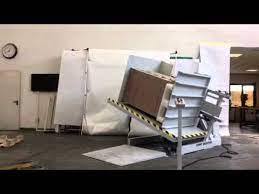
The True Cost of a Workplace Injury
When a worker gets hurt, the direct costs are obvious: medical treatments, hospital stays, and compensation payments. But as a business owner, you know the indirect costs are often much higher. I’ve seen these situations play out many times. When an experienced worker is out, you lose their productivity. You might have to pay overtime to other employees to cover their shifts. You may need to hire and train a temporary replacement, which takes time and money.
Furthermore, workplace accidents have a powerful negative effect on team morale. Seeing a colleague get injured is stressful for everyone. It can lead to a more fearful and less productive work environment. Over time, a reputation for being an unsafe workplace can make it harder to attract and retain good employees. A pallet inverter removes the physical act of bending, lifting, and twisting under load. It takes the strain off your people, protecting them from these predictable, and preventable, injuries. This investment in safety is an investment in the stability and well-being of your entire workforce.
Protecting Your Product and Your Pallets
Safety isn't just about people; it's also about your product. Every time a box is dropped, a bag is torn, or a container is crushed during manual restacking, that's a direct loss. The cost of damaged goods adds up quickly. A pallet inverter handles the entire load as one solid block. It gently clamps the load, rotates it smoothly, and places it down without any dropping or shifting. This is especially critical for fragile goods, but it benefits any product by ensuring it reaches the customer in perfect condition.
There is also the cost of damaged pallets. Wooden pallets are easily broken during rough manual handling. Forklifts can damage them. A pallet inverter allows you to easily inspect and replace a broken pallet at the bottom of a stack without unstacking the entire load. You can quickly swap it out for a good one and send the damaged pallet for repair. This simple capability extends the life of your pallet inventory and saves you a surprising amount of money over the year. Investing in a pallet inverter is an investment in quality control from the ground up.
How Does Automation with Pallet Inverters Address Thailand's Labor Challenges?
Are you struggling to find and keep reliable workers for physically demanding jobs? This is a common problem for manufacturers in Thailand and around the world. The labor market is changing. Fewer people want to do hard, repetitive manual labor, and wages for these roles are rising. This can leave your operation vulnerable to labor shortages, high turnover, and increasing costs, making it difficult to plan for consistent output.
Pallet inverters directly address these labor challenges by automating one of the most physically strenuous jobs on the factory floor. This reduces your company's dependence on manual labor for this specific task. It allows you to operate efficiently with a smaller, more skilled team and makes your business less vulnerable to the unpredictable nature of the labor market. You can reassign your valuable employees to more complex, higher-value roles where they can use their minds instead of just their muscles.
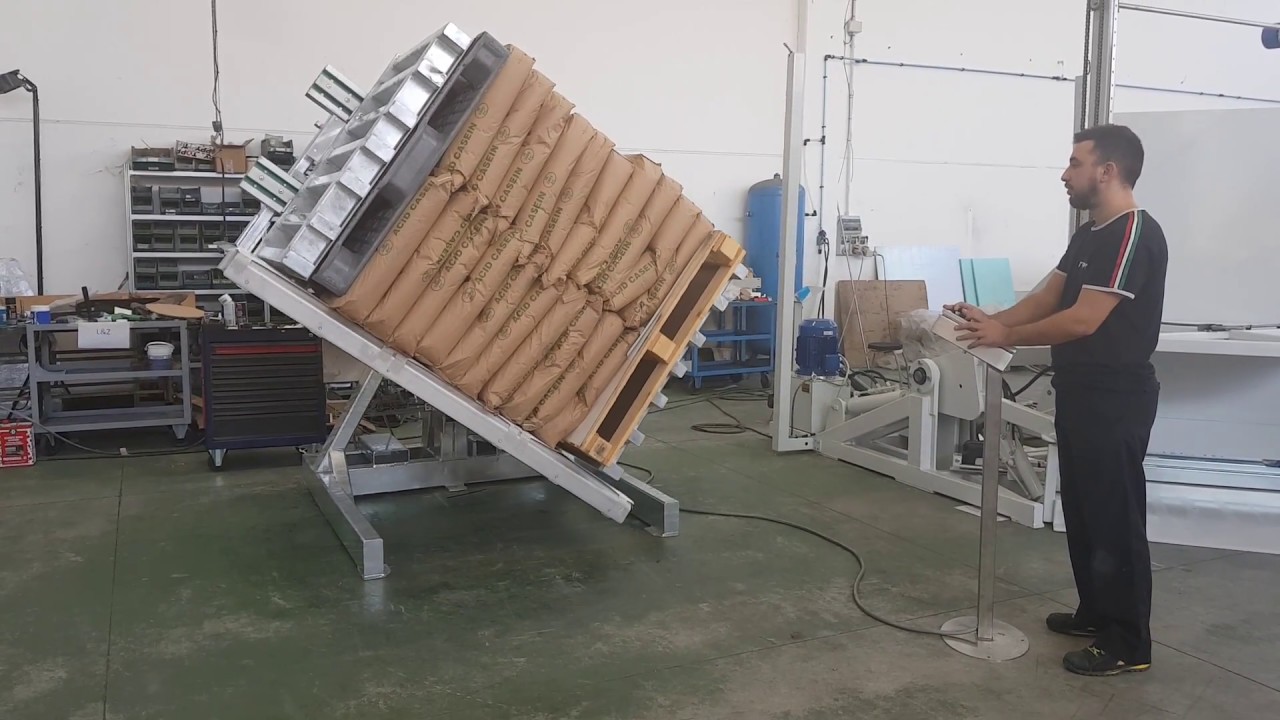
The Shifting Labor Landscape
In my years of visiting factories across Asia, I've seen a consistent trend. As economies develop, like in Thailand, the workforce changes. The younger generation, often with more education, seeks jobs that are safer, more engaging, and less physically exhausting. This creates a shortage of workers for traditional manual handling roles. Relying on a process that requires constant heavy lifting is no longer a sustainable long-term strategy.
Automation is the logical answer. By introducing a pallet inverter, a company shows that it is modernizing and investing in better working conditions. It sends a message that you value your employees' well-being. This can actually help with recruitment and retention. People would rather work as a machine operator in a modern facility than as a manual laborer in an old-fashioned one. This is a strategic response to the reality of the modern labor market, ensuring your operations can continue to run smoothly regardless of labor availability.
From Lifter to Operator: Upskilling Your Workforce
A common fear about automation is that it eliminates jobs. In my experience, that's the wrong way to look at it. Automation eliminates tasks, not necessarily jobs. It transforms low-skill, high-risk jobs into higher-skill, safer ones. An employee who used to spend their day lifting heavy boxes can be trained to operate the pallet inverter. They learn to manage a sophisticated piece of equipment, oversee a process, and ensure quality control.
This is a form of upskilling. You are investing in your employee, giving them a more valuable role in the company. This employee is now a machine operator, not just a manual handler. This transition often leads to higher job satisfaction and greater loyalty to the company. You retain an experienced employee who already understands your products and workflow, and you empower them with new skills. This creates a more capable and flexible workforce, which is a huge asset for any business aiming for long-term growth and stability. The goal is not just to reduce headcount, but to elevate the contribution of every person on your team.
As an Engineer, What’s My Take on This Critical Shift?
You see the benefits of a pallet inverter, but now you face a new problem: choosing the right one. You might worry about picking a machine that doesn't fit your workflow, breaks down, or is difficult to integrate with your other systems. Buying a piece of equipment is easy; buying the right solution that delivers real value for years to come is much harder. This is where a simple supplier relationship is not enough.
My take, from over two decades as an engineer and factory owner, is that this shift to automation is not about buying a machine. It is about finding a strategic partner. The success of your investment depends on finding an expert who understands your entire process, from the moment raw materials enter your plant to the second a finished product ships out. You need a "Total Solution" approach, not just a piece of hardware. This ensures the equipment you buy is a perfect fit for your specific challenge and a building block for your future growth.
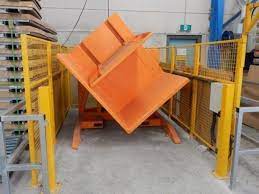
It's More Than a Purchase, It's a Partnership
I learned this lesson early in my career. The best results always come from deep collaboration. I remember working with a steel wire manufacturer in Mexico. Their challenge was not just about changing pallets. They were dealing with heavy, unstable coils of steel wire that were dangerous to handle manually. A standard pallet inverter wasn't the right answer.
We didn't just try to sell them a machine from a catalog. I and my team flew to their site. We walked their production line. We talked to their operators and engineers. We saw how the coils were made, how they were stacked, and where the bottlenecks were. Because we understood their entire process, we were able to design a customized tilter and transfer system that worked seamlessly with their existing coil packing line. They weren't just buying a machine from SHJLPACK; they were gaining a partner who helped solve a complex operational problem. This is the level of support a leader like Javier Morales rightly expects. You should demand the same.
Thinking Beyond the Inverter: The "Total Solution" Mindset
A pallet inverter doesn't operate in isolation. It is one piece of a much larger logistics puzzle. A true partner thinks about the entire puzzle. How does the pallet inverter get loaded? By a forklift or an automated conveyor? After the pallet is swapped, where does the load go? To a stretch wrapper? A strapping machine? Into a shipping container?
The "Total Solution" mindset means we analyze this entire flow. We ensure the inverter's capacity matches your throughput. We make sure its controls can be integrated with your other automated systems. We think about how it fits into your factory's physical layout. For instance, at my company, SHJLPACK, we don't just sell pallet inverters. We design and build the coil packing machines, stretch wrappers, and conveyor systems that connect to them. This broad expertise allows us to see the bigger picture and recommend a solution that optimizes your entire packaging and handling line, not just one small part of it. This integrated approach prevents future problems and maximizes your return on investment.
Conclusion
Replacing manual handling with pallet inverters is a smart, strategic move for Thai manufacturers. It delivers clear improvements in efficiency, safety, and cost control, building a stronger, more profitable future.



